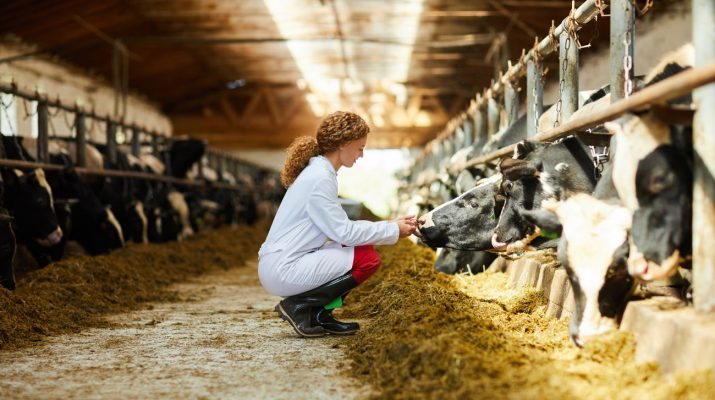The Australian dairy industry will continue to face considerable headwinds as it enters the 2019/20 season, however, there are some green shoots on the horizon, according to Rabobank’s dairy seasonal outlook, with the prospect of record high milk prices for southern Australia.
In its latest annual seasonal outlook, Thirsty work – A journey to rebuild begins, agribusiness banking specialist Rabobank highlighted the pressures mounting on Australia’s dairy supply chain, despite the favourable price outlook, and the clear downside risks to farmgate margins if the season remains unfavourable.
The report said dairy companies were not immune to the margin squeeze, with the processing sector “confronted with record levels of surplus processing capacity” – in excess of two billion litres – in the new season.
However, Rabobank senior dairy analyst Michael Harvey said there were signs of a bottoming in the margin cycle with farmgate milk prices improving and more upside to come in 2019/20.
Releasing the bank’s milk price forecast for the 2019/20 season, Mr Harvey said Rabobank’s global market forecasts pointed to an indicative weighted average farmgate milk price in the southern export region of AUD6.40/kgMS – a mark only attained or exceeded once before.
Mr Harvey said the ability of dairy farm operators to capitalise on the higher farmgate milk prices would be determined by seasonal conditions and the cost of purchased feed.
“The importance of a timely autumn break this season cannot be overstated,” he said.
“The volume of milksolids in the system is now at a 24-year low, and milk supply will drop further without an autumn break.”
Even with good seasonal conditions, Mr Harvey conceded it would be a slow recovery in the milk pool “with the national herd and number of dairy farm businesses now structurally smaller”.
Farmgate margins were expected to remain tight in 2019/20, the report said.
“Soil moisture profiles are below average, there are shortages of home-grown feed, and high water and purchased feed costs are leading to elevated cost of production,” Mr Harvey said.
“While dairy farm operators are mitigating the margin squeeze by making adjustments to their feeding programs and reducing herd sizes, the need for a timely autumn break is critical if farmers are to grow their own home-grown feed and create a feed ‘wedge’. Otherwise, we will see feed shortages quickly emerge on-farm.”
Mr Harvey said the Australian dairy supply chain has already lost a significant volume of milk in the season to-date, and further milk losses were expected.

